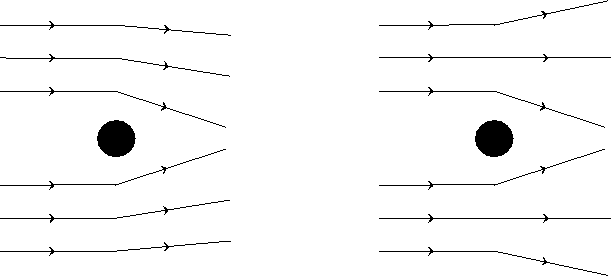
Mark Walker has used gravitational lens considerations to argue against non-Newtonian theories of gravity that have been proposed as alternatives to dark matter.
For an object that is bound to a system by gravity, such as a planet in the Solar system or a star in a galaxy, the maximum speed that it can have and still remain bound is related to the total mass in that system. The more mass there is in the system the faster the object can go without escaping from the system and wandering freely through space.
The large speeds at which stars move within galaxies suggest that there is much more matter present than we see in the form of stars and gas. If this were the only matter present, there would be insufficient mass to keep the stars from flying apart. This unobserved matter required to bind the galaxies together is referred to as dark matter. A minority view is that there is no dark matter and that these observations indicate a breakdown of Newton's law of gravity at large distances. While we know that Newtonian gravity works very well within the Solar System, there has been no independent determination of the law of gravity over galactic dimensions and so the various non-Newtonian gravities have been difficult to refute. Mark Walker has demonstrated a failure for one such theory (Weyl Gravity) and placed tight constraints on all other non-Newtonian gravities.
These results were obtained by considering the manner in which light is deflected by the gravitational field in various different theories. Large amounts of mass can deflect light from its straight line course, for instance the light from a distant galaxy or quasar can be deflected by another galaxy lying between us and the distant source. This deflection - or lensing - leads to changes in the apparent sizes and shapes of distant galaxies so that they appear either fainter, or brighter, or distorted. For Newtonian gravity these effects are demonstrably small, in agreement with observations, but in other theories they can be extremely large. In particular almost any non-Newtonian gravity which might offer an alternative to dark matter is expected to alter the optical properties of our Universe substantially. Thus the appearance of distant galaxies gives us useful information on the law of gravity. The data imply that any acceptable gravitational theory must reproduce to the Newtonian law at sufficiently large distances.

Figure: Gravitational lensing in Newtonian gravity (left) and
Weyl gravity (right).